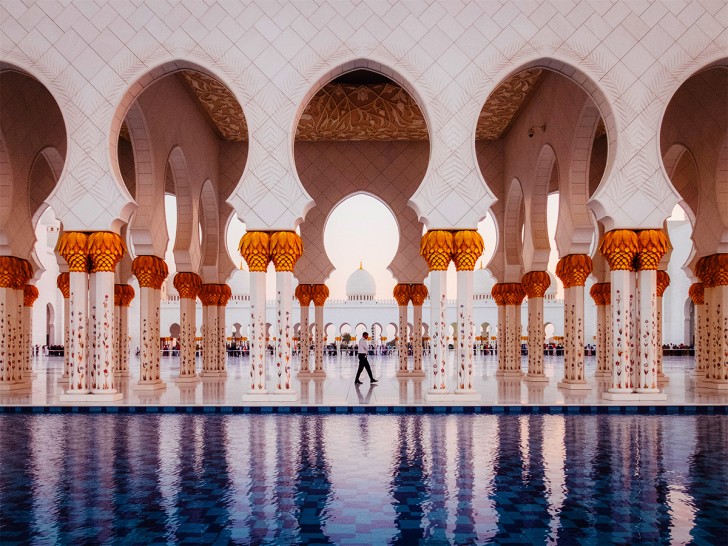Middle East countries are famous for their love for gold. The precious metal always has a spot on the region’s local markets. However, in the face of economic uncertainty, the demand for gold derivatives has grown as well.

Gold Futures are on the rise
Dubai Gold and Commodities Exchange (DGCX), powered by Nasdaq’s technology, reported over 700 percent year-over-year growth in the trading volume for Gold Futures in Q1, 2020. As the exchange’s CEO, Les Male, commented, such an increase didn’t come unexpectedly.
As the global economy goes through turbulent times, volatility on the markets increases. Hence, businesses use instruments like futures more actively to hedge against volatility.
In addition to processing higher trading volumes of Gold Futures, DGCX secured an agreement with Al Bilad Bank in Saudi Arabia. The exchange will provide price data for the bank’s gold-backed ETF. The deal underlines how high the demand for precious metals is in the region.
FX is traded more intensively as well
Les also highlighted that the trading volumes for G6 currencies, including USD, EUR, and GBP has also seen a year-over-year surge of over 400 percent. Apparently, Quantitative Easing adopted by countries across the globe may be an underlying reason for it.
As the demand for foreign exchange (FX) markets increases, DGCX is expanding its range of products. In July 2020 it plans to add perpetual rolling contracts for 3 currency pairs.
Commodities’ narrative of being the ‘hard money’ with strictly limited supply has been gaining more ground since the start of the global economic downturn. Gold proponents, such as Peter Schiff, warn about possible hyperinflation and recommend protecting against it.
The global crisis is likely to keep the pressure on institutional and retail players, which will translate into increased trading volumes. DGCX expects intense trading continuing through the entire 2020.
 Usman Salis
Usman Salis

 Usman Salis
Usman Salis


